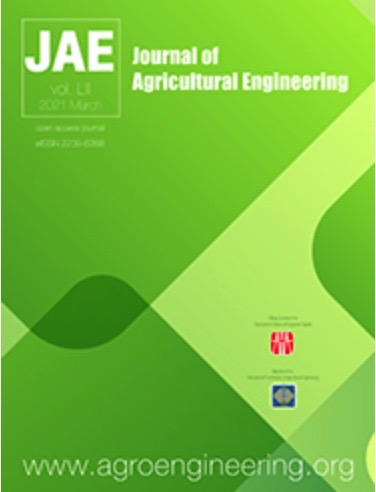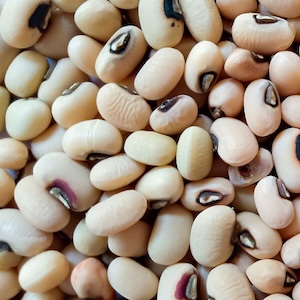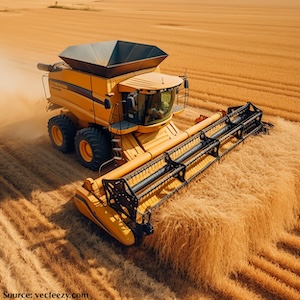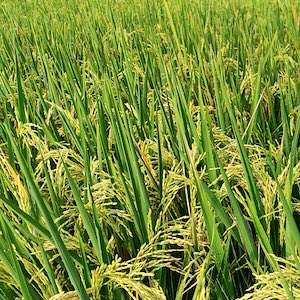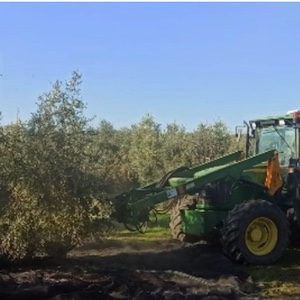Measuring oxygen saturation and pulse rate in dairy cows before and after machine milking using a low-cost pulse oximeter
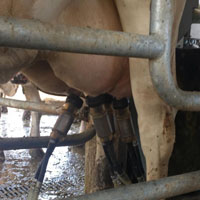
All claims expressed in this article are solely those of the authors and do not necessarily represent those of their affiliated organizations, or those of the publisher, the editors and the reviewers. Any product that may be evaluated in this article or claim that may be made by its manufacturer is not guaranteed or endorsed by the publisher.
Authors
The present study was aimed at measuring the haemoglobin oxygen saturation and the pulse rate on dairy cow teats before and after milking, using a bespoke low-cost pulse oximeter. The pulse oximeter was tested in a three-day field test involving 18 Holstein Friesian cows raised in a commercial farm located in Northern Italy. The results highlighted a significant difference both in haemoglobin oxygen saturation (SpO2) and pulse rate before and after milking in the entire sample of animals. By dividing the sample according to the milking time (fast <8 min and slow >8 min), a significant difference between fast and slow cows was observed for SpO2, whilst no difference was identified in relation to their lactation stage [<70 days in milking (DIM) and 71-140 DIM]. As to the pulse rate, milking time and lactation stage were not significantly different. This confirms that machine milking can create stress to the teat causing tissue circulatory impairment and pulse oximetry could be useful for detecting machine milking-induced alterations of teats. In the future, the pulse oximeter could be used as part of a milking machine monitoring system in order to change operating parameters to minimize the mechanical stress on the teats.
How to Cite

This work is licensed under a Creative Commons Attribution-NonCommercial 4.0 International License.

